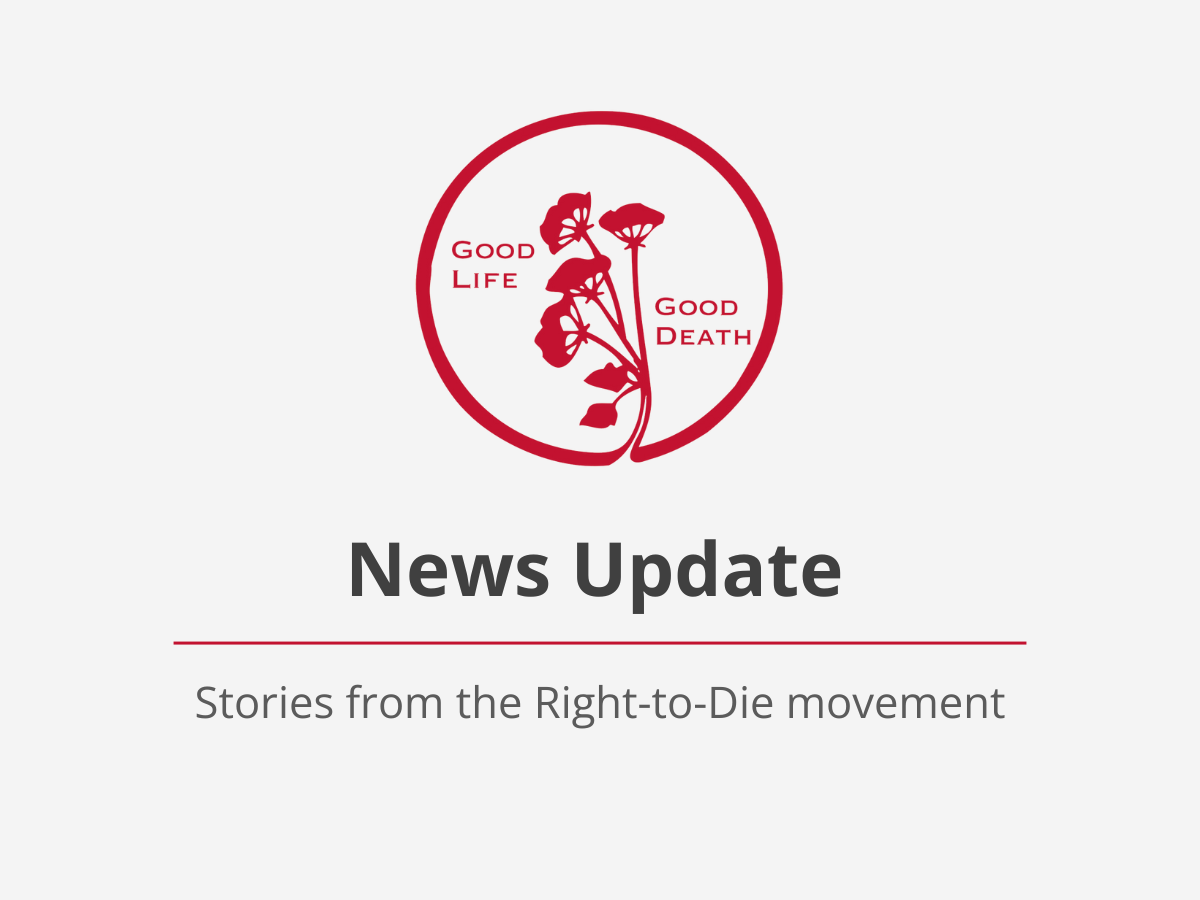Depression and Planned Death
by Faye Girsh, Ed.D.
If you’re thinking about ending your life maybe you are depressed. Depression is a treatable condition which often leads to thoughts of dying.
If you have at least five of these symptoms occurring nearly every day for at least two weeks you may have major depression, according to a recent article in the Journal of the American Medical Association:
- Feeling sad, down, or empty
- Decreased interest or pleasure in activities
- Appetite change with weight loss or gain
- Sleeping more or less than normally
- Fatigue or loss of energy
- Difficulty thinking or concentrating
- Being either slowed down or restless and irritable
- Feeling that life is not worth living, or thoughts of death or suicide
In older people there are additional risk factors:
- Heavy alcohol use
- Presence of mental disorders in addition to depression
- Presence of a serious physical illness
- Social isolation, particularly after the death of a spouse or close friend
- Access to firearms
These are not easy conditions to live with but death is not a good alternative. With medical treatment, time, someone to talk to, and, sometimes, changes in life circumstances life symptoms of depression could improve or disappear and life again would seem worth living.
If you or someone you know is experiencing these feelings your doctor can evaluate the situation and provide help. Depression is not a sign of aging or of weakness; it can make life miserable and should be examined and treated.
Suicide occurs most often in older people; white males over 65, and especially over 85, are the group at highest risk. The method most often used is a gun. Suicide is the premature ending of a life that could be led but for the overwhelming emotional stress of depression, grief, or a situational crisis like being a caregiver. It is done alone, usually violently and secretively, and invariably leaves the survivors with guilt and shame.
There are circumstances where death is preferable to a life when there is continued and progressive suffering because of an irreversible illness that reduces the quality of life to an unacceptable level. A well thought-out, planned death under these conditions, where there is closure, an ability to say goodbye to loved ones, where the means have been carefully thought through and are gentle, quick and certain is quite different from an impulsive, emotional and violent suicide. In those cases it is not that death is chosen, it is already determined by the illness, and the person decides when and how it will happen.
If you are thinking about dying and you would like to talk it over with someone in a confidential setting, please contact a death with dignity organization and explore what alternatives are right for you.
Despite the high cost of living, it is still very popular.
–Sophie Tucker
For more information:
American Foundation for Suicide Prevention — 1-888-333-AFSP (2377)
American Psychiatric Association — 888-35-PSYCH or 888-357-7924
~~~~~
Parnet S, Lynm C, & Glass RM. Suicide in Older Persons JAMA, March 3, 2004 – Vol 291, No. 9


This Post Has 0 Comments